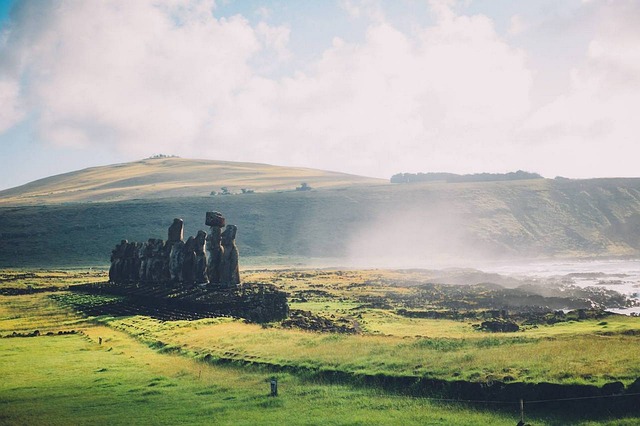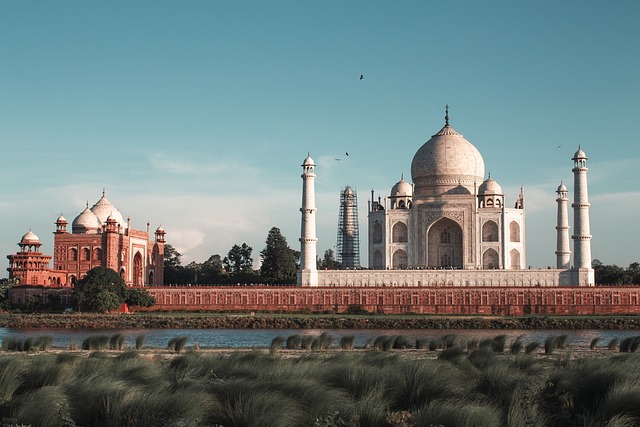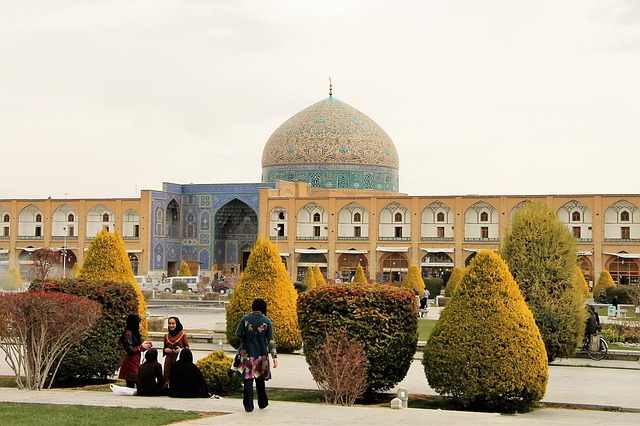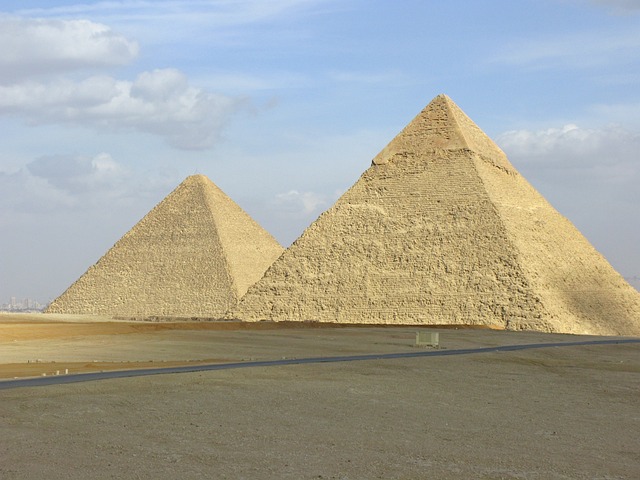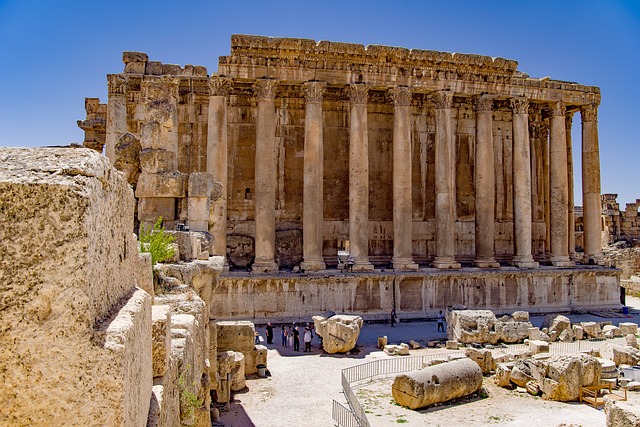Located in the southeastern Pacific Ocean, over 2,000 miles away from the Chilean mainland, lies the captivating Easter Island, known to its indigenous people as Rapa Nui. This remote island, famous for its enigmatic moai statues, vibrant culture, and stunning landscapes, is a must-visit destination for adventurous travelers and history buffs alike. With its unique blend of natural beauty and archaeological significance, Easter Island offers a one-of-a-kind experience. In this comprehensive guide, we will delve into the island’s history, culture, and essential tips for making the most of your visit.
A Brief History of Easter Island
Easter Island was discovered by European explorers on Easter Sunday in 1722, which is how it received its name. However, its rich history dates back over a thousand years before European contact. The island was settled by Polynesians, who brought with them their culture, language, and traditions. They established a thriving society and constructed the iconic moai, which are monolithic statues that were created to honor their ancestors.
At the height of its civilization in the 15th and 16th centuries, Rapa Nui was home to an estimated population of 15,000 people. However, due to resource depletion, social upheaval, and the introduction of external influences, the population drastically declined in the 19th century, resulting in a dramatic change in the island’s social structure and culture.

Today, Easter Island is a UNESCO World Heritage site, recognized for its historical and cultural significance. Visitors flock to the island to marvel at the mysterious moai, learn about the island’s intriguing past, and experience the resurgent Rapa Nui culture.
Getting to Easter Island
Reaching Easter Island may require a bit of effort, but the journey is undeniably worth it. The only practical way to get to the island is by air. LATAM Airlines operates regular flights between Santiago, Chile, and Mataveri International Airport (IPC) on Easter Island, with a flight time of about 5 hours. Make sure to book your flights well in advance, as seats can fill up quickly, especially during peak tourist seasons (December to February).
Accommodations on Easter Island
Easter Island offers a range of accommodation options to suit different budgets and preferences. From luxury hotels to hostels, there’s something for everyone:
- Luxury Resorts: If you’re looking for an upscale experience, consider staying at the Hangaroa Eco Village & Spa or the Explora Rapa Nui. These resort-style accommodations offer stunning ocean views and an array of amenities, including gourmet dining and spa services.
- Mid-Range Hotels: Options like the Hotel Manutai and Hotel Puku Vai provide comfortable lodging at a more reasonable price. Many mid-range hotels also offer tour and activity packages.
- Budget Hostels: For travelers on a budget, hostels like Kainga Nui and Vai Moana are great choices. These hostels provide dormitory-style accommodations, allowing you to meet fellow travelers while saving money.
- Rental Properties: Renting a bungalow or apartment can also be a unique option for families or groups. Platforms like Airbnb offer various listings, allowing visitors to have a more home-like experience.
Must-See Attractions
Easter Island is brimming with incredible sites and activities that cater to history enthusiasts, nature lovers, and adventure seekers. Here are some of the highlights:
1. Ahu Tongariki
One of the most iconic sites on the island, Ahu Tongariki boasts the largest group of moai statues, with an impressive lineup of 15 restored statues standing against the backdrop of the ocean. This awe-inspiring site is perfect for capturing stunning photographs, especially during sunrise.
2. Rano Raraku
This volcanic crater served as the quarry for the majority of Rapa Nui’s moai statues. Visitors can explore the site, witness the many unfinished moai still embedded in the rock, and learn about the ancient techniques used to carve and transport these colossal figures.
3. Ahu Akivi
Distinct from other ahu sites, Ahu Akivi features seven moai that face the ocean, a unique alignment that symbolizes the connection of the Rapa Nui people with the sea. This site is not only historically significant but also offers sweeping views of the coastline.
4. Orongo Village
A UNESCO World Heritage site, Orongo Village is perched on the rim of the Rano Kau crater. This archaeological site was once the center of the Birdman Cult, and it showcases the unique traditions of Rapa Nui. Visitors can explore the stone houses and petroglyphs that depict the island’s rich cultural heritage.
5. Vinapu
Known for its Polynesian stonework, Vinapu features beautifully constructed platforms and a stunning coastal view. The site’s construction techniques have led many to believe that early Rapa Nui builders had contact with South American cultures.
6. Beaches and Natural Wonders
In addition to its archaeological sites, Easter Island boasts beautiful beaches like Anakena and Ovahe, which are perfect for relaxing, swimming, and enjoying the sun. The island is also dotted with volcanic craters and lush greenery, providing numerous hiking opportunities for nature enthusiasts.
Experiencing Rapa Nui Culture
One of the most enriching aspects of a visit to Easter Island is the opportunity to immerse yourself in Rapa Nui culture. Here are some ways you can engage with the island’s traditions:
1. Traditional Dance Performances
Don’t miss the chance to witness traditional Rapa Nui dance, which is often incorporated into local festivals and events. These performances showcase vibrant costumes and rhythmic movements, reflecting the island’s history and customs.
2. Culinary Delights
Easter Island’s cuisine is a delightful fusion of traditional Polynesian ingredients and modern influences. Be sure to try local specialties such as “empanadas,” “ceviche,” and “mahi-mahi.” Many restaurants also offer fresh seafood caught daily, giving you a taste of the island’s bounty.
3. Language and Art
While Spanish is the primary language spoken on the island, you may also encounter Rapa Nui, the indigenous language. Learning a few basic phrases can enhance your interactions with locals. Additionally, consider purchasing handmade crafts and art from local artisans, supporting the preservation of their culture.

Tips for Your Visit
- Plan Ahead: Popular sites can get crowded, especially during peak season. If you want to avoid the crowds, consider visiting early in the morning or later in the afternoon.
- Respect the Sites: Many archaeological sites are sacred to the Rapa Nui people. Be respectful; do not climb on the moai or other cultural artifacts.
- Stay Hydrated and Sun-Protected: The island’s sun can be intense, so hydrate frequently and apply sunscreen.
- Rent a Vehicle: Rental cars and scooters are popular ways to explore the island independently. This gives you the freedom to visit attractions at your pace.
- Be Open to Cultural Experiences: Engage with the local community through festivals, workshops, or guided tours to enhance your understanding of Rapa Nui culture.
Conclusion
Easter Island, with its unique archaeological treasures and rich cultural heritage, offers an unforgettable experience for travelers looking to explore something truly extraordinary. Whether you’re marveling at the majestic moai, wandering the volcanic craters, or immersing yourself in the island’s traditions, every moment spent on Rapa Nui is bound to create lasting memories. As you prepare for your adventure, remember to respect the island and its inhabitants, ensuring that its beauty and culture continue to thrive for future generations. Ultimately, Easter Island is not just a destination; it is a journey into the heart of a remarkable Polynesian civilization that has stood the test of time.

